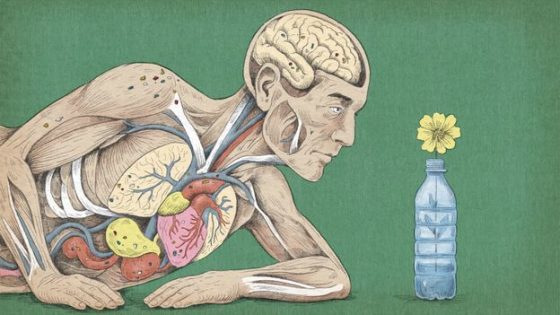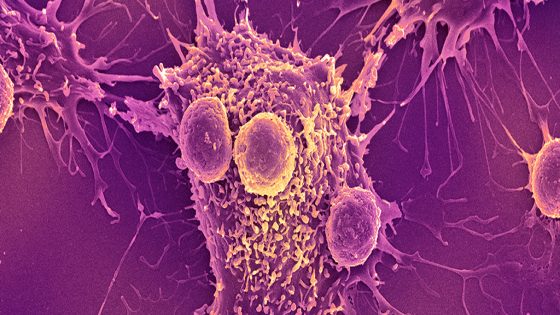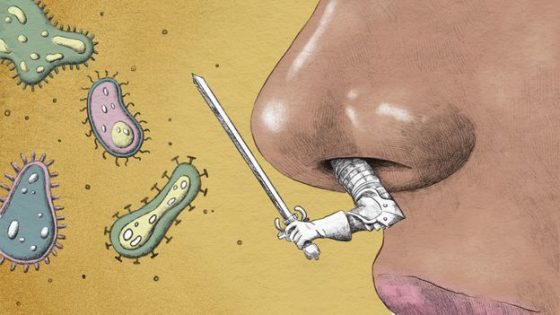Microplastics are a growing concern for our health, infiltrating not just the environment but also our indoor spaces. Recent studies indicate that even while we sleep, we inhale microplastics, raising questions about their long-term effects on respiratory health.
- Microplastics are pervasive in indoor environments.
- Inhalation occurs even during sleep.
- Discussion with manufacturers is essential.
- Alternatives to plastic in medical equipment needed.
- Focus on preventing microplastics at the source.
As highlighted by health experts, including Couceiro, the presence of microplastics in medical devices, such as masks and tubing used in hospitals, underscores the urgent need for manufacturers to explore safer alternatives. On July 25, 2025, the conversation around this issue is expected to gain more traction.
This raises an important question: How can we minimize our exposure to microplastics? The health implications are significant, especially for those with respiratory conditions. By addressing the sources of microplastics, we can potentially improve overall health outcomes.
- Opt for glass or stainless steel containers instead of plastic.
- Use air purifiers to reduce indoor microplastic levels.
- Choose natural fiber clothing over synthetic materials.
As we move forward, it’s crucial to advocate for policies that encourage the reduction of plastic use in healthcare and everyday products. Together, we can make informed choices to protect our health and the environment.















![[Adobe Stock]](https://news.faharas.net/wp-content/uploads/2025/07/Ketogenic-Diet-Boosts-Brain-Blood-Flow-by-22-and-BDNF-230x129.jpg)
















